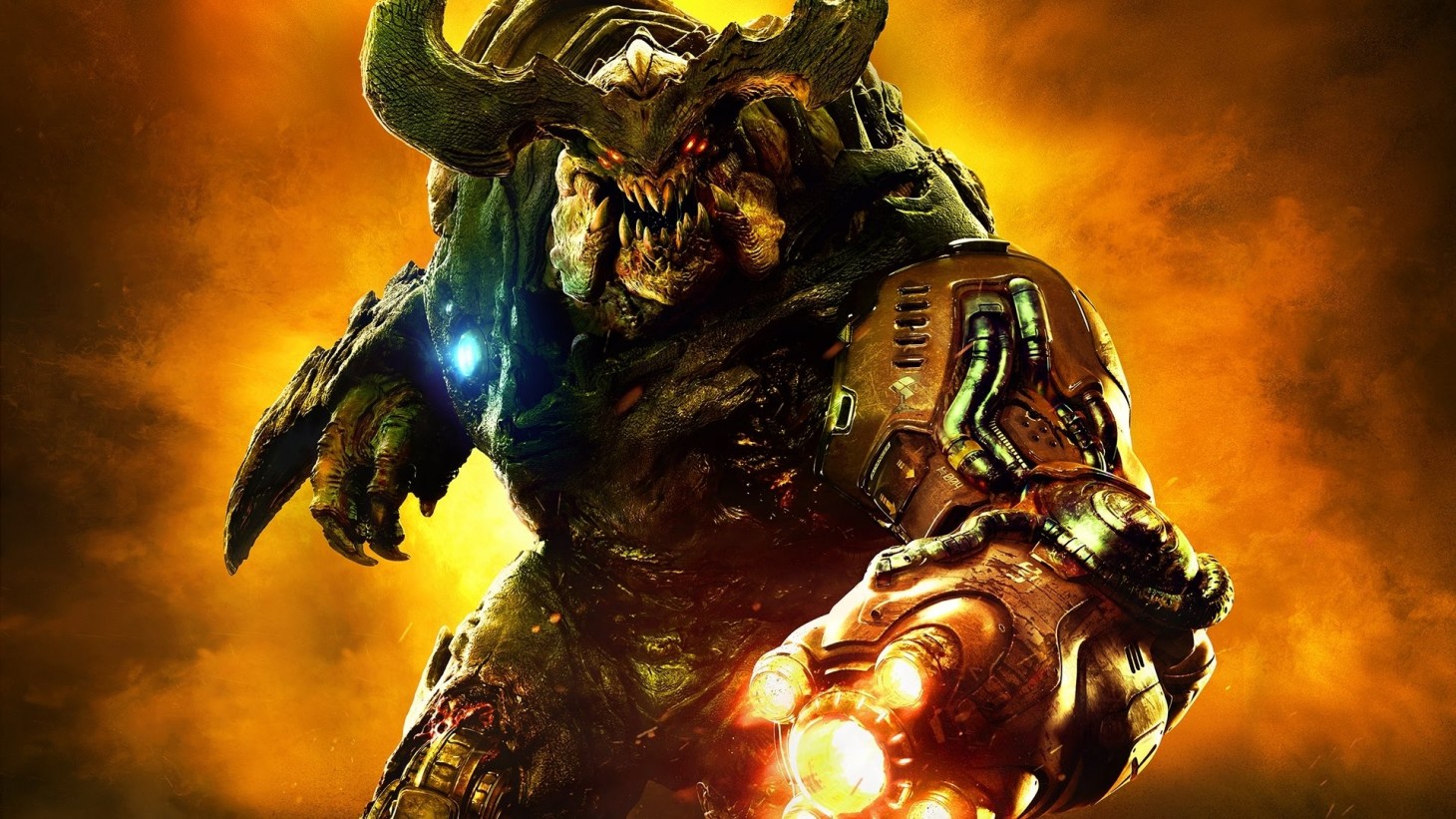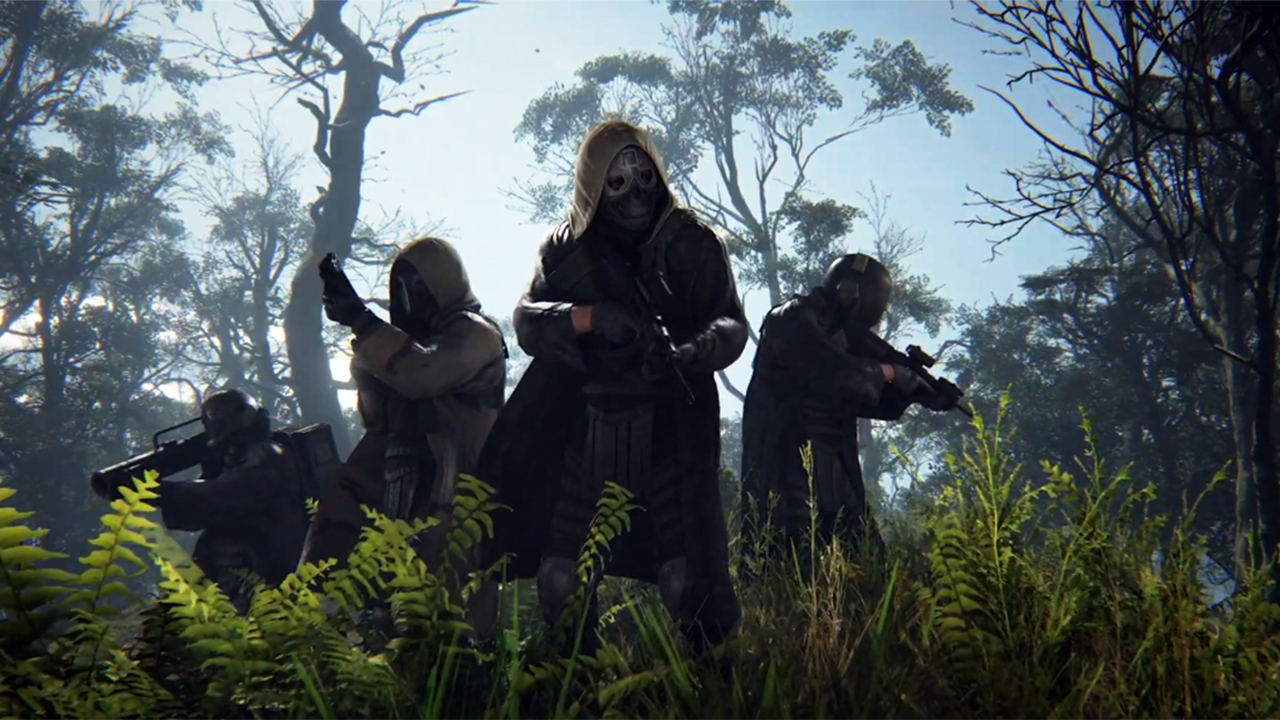Google Stadia solves some problems, but creates just as many
Though ambitious, Stadia has steep requirements that make us wonder who will find it useful.

Google has finally revealed more about Stadia, its upcoming game streaming service. The brief pitch is compelling: play state-of-the-art games like the upcoming Ghost Recon Breakpoint without spending hundreds of dollars on a console or PC.
But Stadia also comes packaged with stipulations and requirements you have to meet in order to get the most out of it, and the question "what problem does this solve?" looms heavy over Google's enthusiastic marketing. It's hard to say who, realistically, will want to buy games that they can only play streaming over their internet connection.
You're going to need good internet
Though Stadia will work on a range of internet speeds, you're going to need a 35Mbps connection to stream games at 4K 60 fps. At minimum, you'll need a 10Mbps connection for 720p 60 fps (which should be pretty OK if you're just using Stadia on your phone or tablet).
Considering Stadia's broad appeal, these requirements might be an obstacle for many users. The average internet speed in the United States was 18.7Mbps (in 2017), which is more than enough for watching Netflix in HD, but not quite enough to play Stadia games at 1080p 60 fps.
More concerning is that many internet users have caps on how much data they can use in a month. With a data cap at 1TB, you can get roughly 65 hours of 4K 60 fps Stadia playtime before using up all of your data—and that's if you use your internet connection for absolutely nothing else. 65 hours might seem like a lot, but it only comes out to around a couple hours of gaming per day, which is hardly unheard of.
It isn't really portable
One attractive part of the Stadia pitch is that you can pick up and play your games on any device, starting from wherever you left off. That's cool, but it only really means that you can play on your various devices in your own house (or at least the parts that have good wi-fi coverage).
Given how unreliable public wi-fi is, it's not like you'll be able to quickly play some Doom on Stadia at the local coffee shop and expect high-quality video and low latency. So, like typical PC and console gaming (Nintendo Switch excluded), Stadia is going to be almost exclusively used at home.
The biggest gaming news, reviews and hardware deals
Keep up to date with the most important stories and the best deals, as picked by the PC Gamer team.
You still have to pay for games that you can only play online
Using Stadia, every game is an online-only game even if it's singleplayer.
Even with Stadia's Pro plan, which costs $10 a month, you're still going to have to buy many of the new games you want à la carte. Google promises Pro users will get discounts, but it's unclear how steep they'll be.
It's probably good for the health of the games industry that Google isn't going for a Spotify-style model that would pay developers based on how many times their game is launched, or on how many hours it's played (which some devs were concerned about when Stadia was announced), but it makes the service a decidedly less attractive alternative for us.
There are already concerns about what few rights we have to the games we buy through platforms like Steam, but Stadia takes us even further away from ownership. Using Stadia, every game is an online-only game even if it's singleplayer. I'm also scared to think of what would happen to my Stadia library if Google ever shut the service down—which is a real risk considering the large graveyard of dead Google services like Google Plus.
The appeal of Netflix and Spotify is their unlimited access for a monthly fee. If you already own a gaming system, it's hard to imagine buying the streaming Stadia version over the Steam or console version.

Some of the most popular games already run on phones
Like with Valve's ill-fated Steam Machines, I have to stretch to find a big audience for Stadia.
With Fortnite, Hearthstone, PUBG, and eventually League of Legends available on phones, it's already possible to play the world's most popular games with common hardware. You don't need an ultra high-end PC or laptop to join the party.
A hypothetical frequent Stadia user, then, specifically wants to play games like Rage 2 and Assassin's Creed Odyssey on the highest graphics settings, doesn't care about portability, has an above-average internet connection and a great wi-fi signal to their TV and other devices (or has wired their house with ethernet), and doesn't want to buy any gaming-specific hardware beyond a controller, but is willing to spend $10 a month for game discounts and 4K streaming.
Like with Valve's ill-fated Steam Machines, I have to stretch to find a big audience for Stadia.
A perhaps more plausible, but less frequent Stadia user might be an existing PC gamer who's using old hardware to play staples like CS:GO, but occasionally wants to play graphically-intensive games their system struggles with, such as Metro Exodus. Assuming the service actually works well, it could find a niche there, but only a niche.
With Stadia not yet launched, I'm speculating, of course. It's possible there actually is a broad desire to eat up gigs of data playing Final Fantasy 15 and NBA 2K through Chrome, an untapped market that we didn't know about because no one has offered a streaming service that works well enough.
Time will tell, but the internet speed and data usage requirements, the need to always be online, and the potential for latency or loss of quality when your connection weakens (how well does it work if someone's watching Netflix in another room?) all make me skeptical. Stadia may provide a cheaper experience, but it's hard to believe it'll provide a better one.
With over 7 years of experience with in-depth feature reporting, Steven's mission is to chronicle the fascinating ways that games intersect our lives. Whether it's colossal in-game wars in an MMO, or long-haul truckers who turn to games to protect them from the loneliness of the open road, Steven tries to unearth PC gaming's greatest untold stories. His love of PC gaming started extremely early. Without money to spend, he spent an entire day watching the progress bar on a 25mb download of the Heroes of Might and Magic 2 demo that he then played for at least a hundred hours. It was a good demo.


